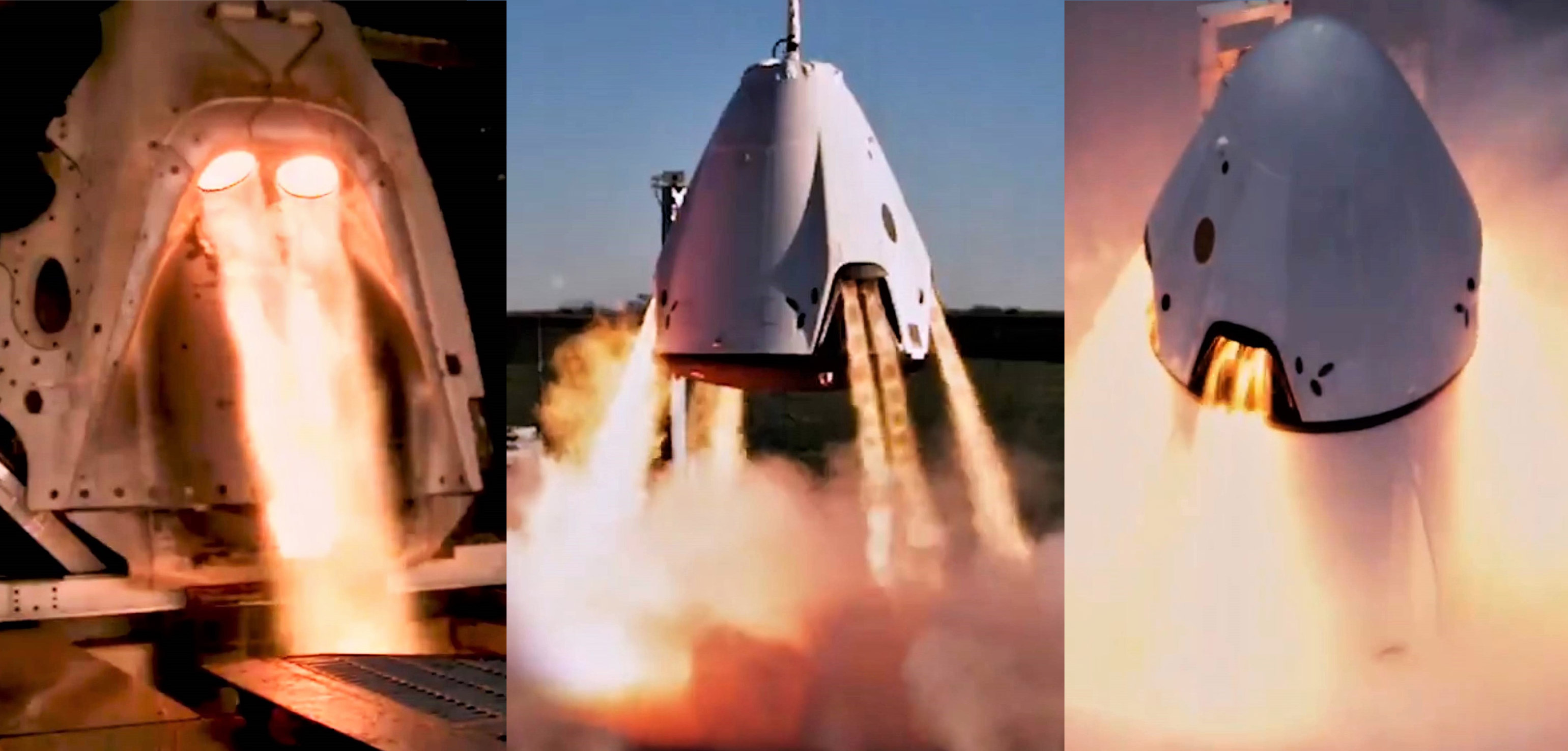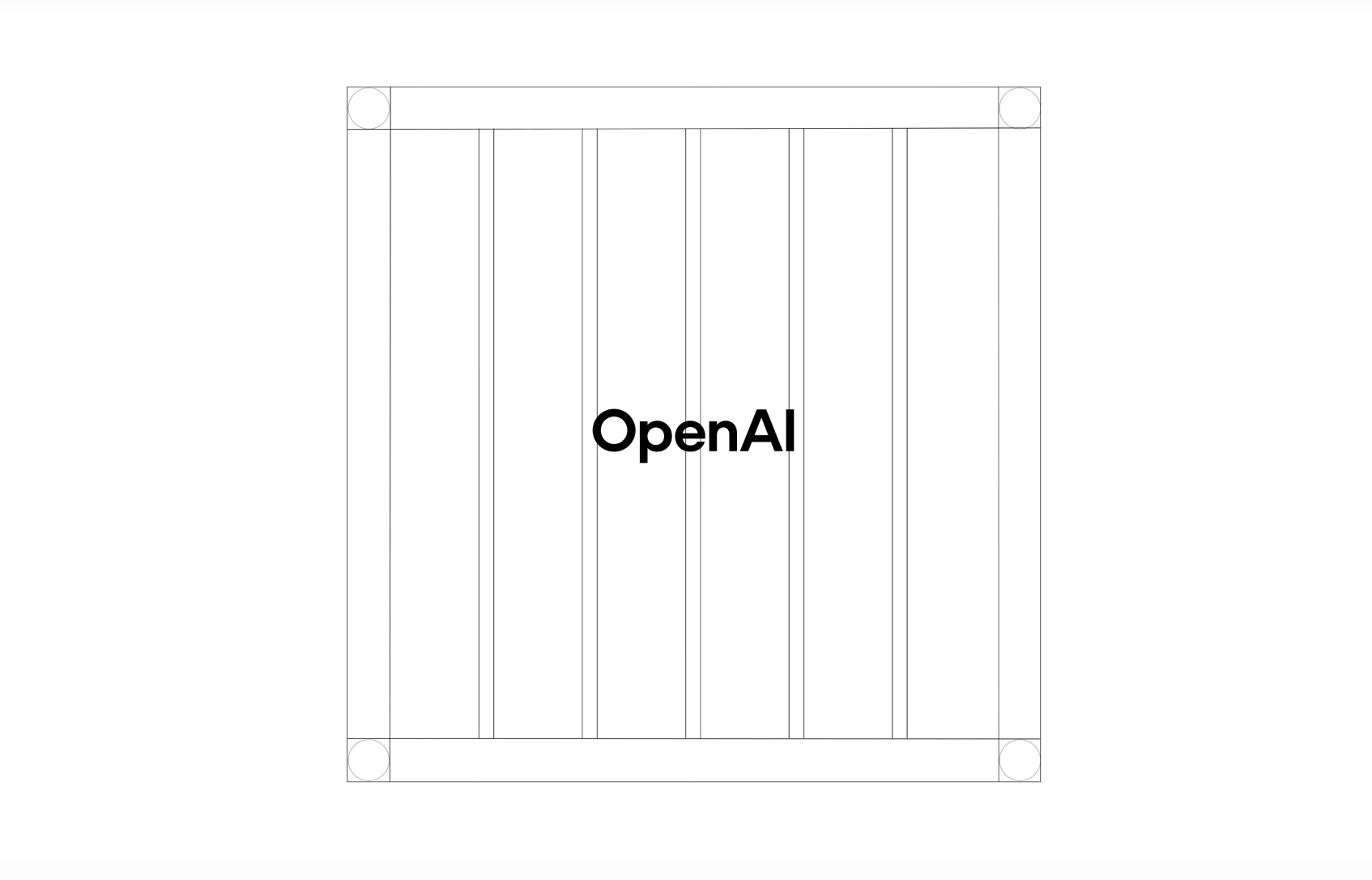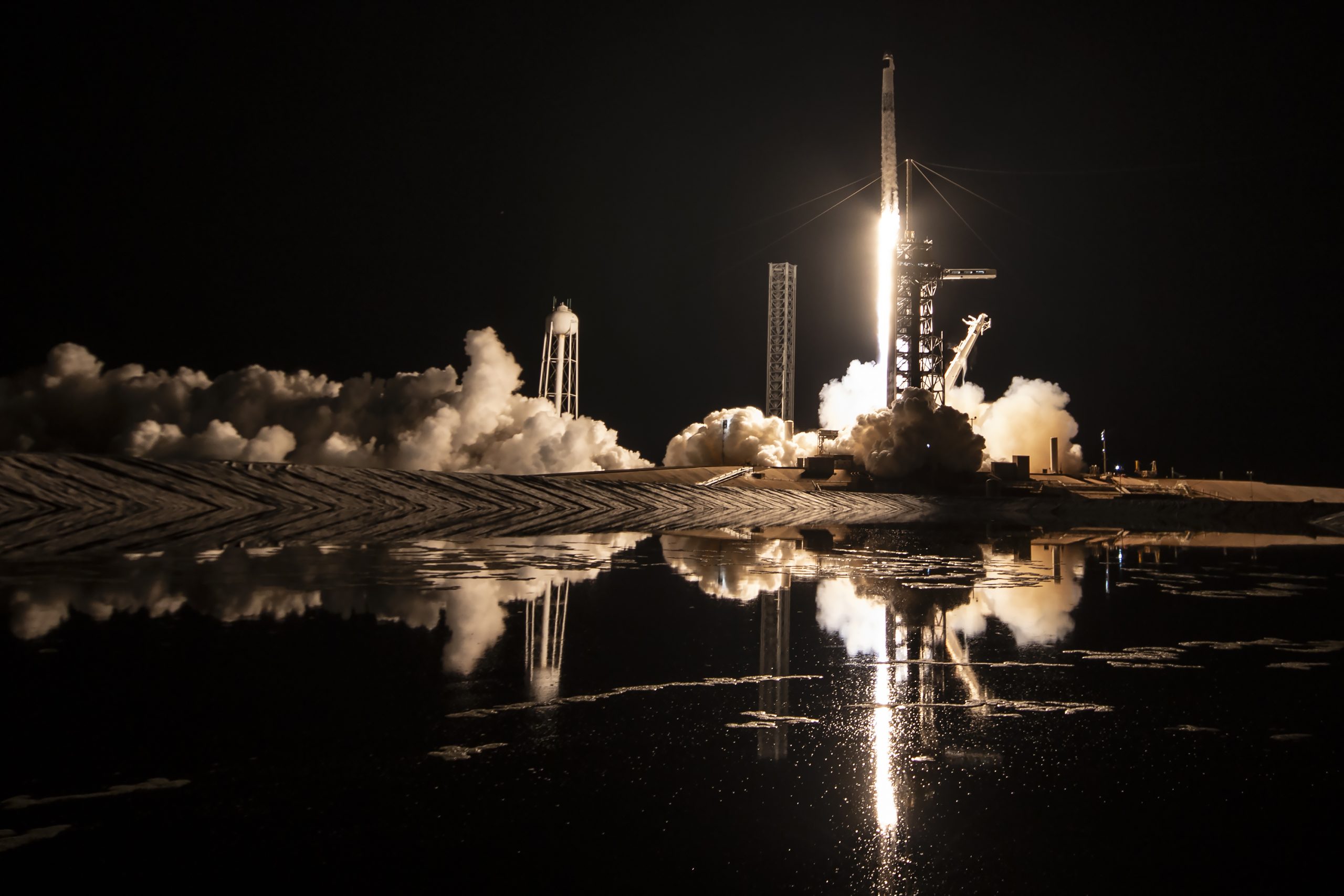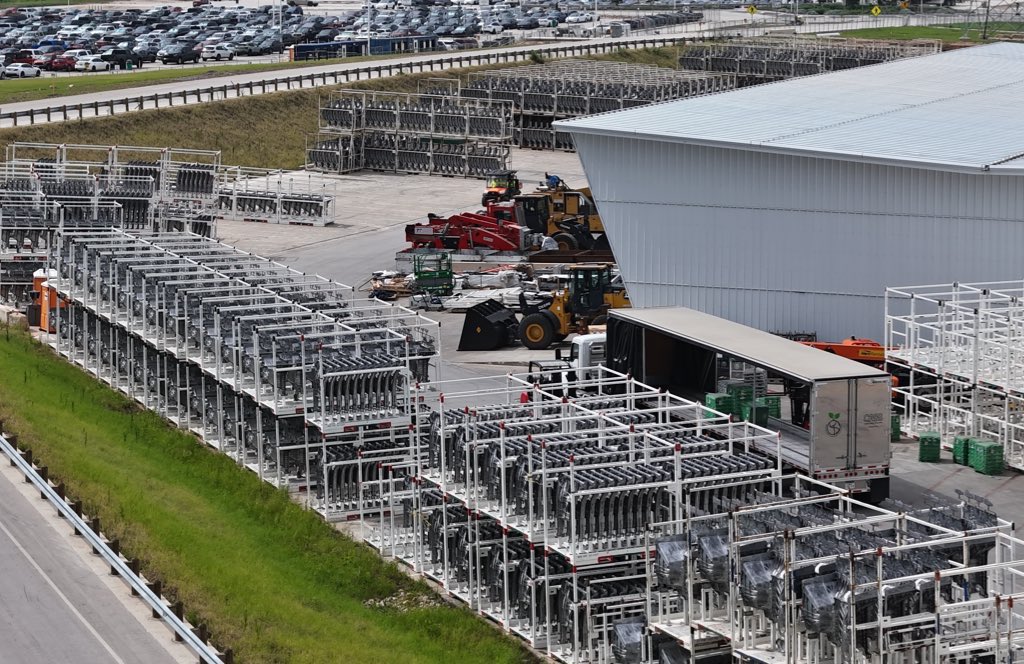

News
SpaceX highlights Crew Dragon SuperDraco thrusters as explosion investigation nears end
SpaceX has published a highlight reel touting “over 700 tests” of Crew Dragon’s SuperDraco abort thrusters at the same time as the company is about to close a failure investigation into a Dragon capsule’s April explosion, pinned primarily on abort-related hardware.
According to a September 6th meeting of NASA’s Aerospace Safety Advisory Panel (ASAP), SpaceX has nearly completed the ‘fault tree’ of Crew Dragon’s explosion, a term used to describe the process of analyzing telemetry and ruling out all possible failure modes. Once that tree is complete, the investigation can be finalized and SpaceX can implement all hardware and software changes needed to prevent similar failures from reoccurring. For the time being, this means that a 2019 launch of SpaceX’s inaugural crewed Dragon is almost certainly not in the cards, although early 2020 is still looking promising.
On April 20th, SpaceX was extremely quick to acknowledge that an anomaly had occurred during a planned static fire of flight-proven Crew Dragon capsule C201, recovered just one month prior after a flawless orbital launch debut. Soon after, an extremely low-quality video of a livestream of the static fire attempt was leaked, revealing that the capsule suffered a catastrophic explosion just moments before the ignition of its eight SuperDraco thrusters.
Incredibly, one of Crew Dragon C201’s SuperDraco ‘powerpacks’ (a pair of engines) was not only recovered intact after the explosion but static-fired at SpaceX’s McGregor, TX test facilities. A bit less than three months after the explosion, SpaceX and NASA officials hosted a press conference in July 2019 to discuss preliminary results from their joint Crew Dragon failure investigation. Some work remained to rule out other possibilities but NASA and SpaceX were confident enough to conclude that an exotic interaction between SuperDraco propellant and a leaky titanium valve likely triggered the explosion.
According to ASAP, SpaceX and NASA still have work to do before the investigation can be concluded, describing it as “nearly complete”. Additionally, the ASAP meeting continued what feels like an increasingly myopic focus on SpaceX’s carbon overwrapped pressure vessels (COPVs), used to store high-pressure helium on Falcon 9 and Heavy. COPVs have been partial causes of both of Falcon 9’s two operational failures, explaining NASA’s apparent prioritization of its certification.
Unspecified issues with parachutes were also raised for both Commercial Crew spacecraft, continuing a years-long trend of parachutes and COPVs taking up the majority of ASAP’s attention in public meetings. Boeing and SpaceX continue to test their parachute systems, both well into dozens of distinct tests after something like two years of concerted attempts to satisfy NASA requirements.
SpaceX has already demonstrated a successful orbital launch, reentry, parachute deployment, and splashdown during Crew Dragon’s March 2019 Demo-1 launch, as well as 18 successful Cargo Dragon parachute recoveries in the last seven years. Cargo Dragon did suffer one anomalous splashdown in 2018, but its partially redundant set of chutes still permitted a gentle and intact recovery.
Nevertheless, it appears that SpaceX and Boeing will have to continue performing parachute tests for the indefinite future. Boeing’s next milestone – an uncrewed orbital test flight (OTF) comparable to SpaceX’s Demo-1 mission – is expected to launch no earlier than October 28th according to Russian space industry sources. SpaceX’s next Crew Dragon milestone will be the spacecraft’s in-flight abort (IFA) test, scheduled no earlier than November 2019.
Check out Teslarati’s Marketplace! We offer Tesla accessories, including for the Tesla Cybertruck and Tesla Model 3.
News
These Tesla, X, and xAI engineers were just poached by OpenAI
The news is the latest in an ongoing feud between Elon Musk and the Sam Altman-run firm OpenAI.

OpenAI, the xAI competitor for which Elon Musk previously served as a boardmember and helped to co-found, has reportedly poached high-level engineers from Tesla, along with others from xAI, X, and still others.
On Tuesday, Wired reported that OpenAI hired four high-level engineers from Tesla, xAI, and X, as seen in an internal Slack message sent by co-founder Greg Brockman. The engineers include Tesla Vice President of Software Engineering David Lau, X and xAI’s head of infrastructure engineering Uday Ruddarraju, and fellow xAI infrastructure engineer Mike Dalton. The hiring spree also included Angela Fan, an AI researcher from Meta.
“We’re excited to welcome these new members to our scaling team,” said Hannah Wong, an OpenAI spokesperson. “Our approach is to continue building and bringing together world-class infrastructure, research, and product teams to accelerate our mission and deliver the benefits of AI to hundreds of millions of people.”
Lau has been in his position as Tesla’s VP of Software Engineering since 2017, after previously working for the company’s firmware, platforms, and system integration divisions.
“It has become incredibly clear to me that accelerating progress towards safe, well-aligned artificial general intelligence is the most rewarding mission I could imagine for the next chapter of my career,” Lau said in a statement to Wired.
🚨Optimistic projections point to xAI possibly attaining profitability by 2027, according to Bloomberg's sources.
If accurate, this would be quite a feat for xAI. OpenAI, its biggest rival, is still looking at 2029 as the year it could become cash flow positive.💰 https://t.co/pE5Z9daez8
— TESLARATI (@Teslarati) June 18, 2025
READ MORE ON OPENAI: Elon Musk’s OpenAI lawsuit clears hurdle as trial looms
At xAI, Ruddarraju and Dalton both played a large role in developing the Colossus supercomputer, which is comprised of over 200,000 GPUs. One of the major ongoing projects at OpenAI is the company’s Stargate program,
“Infrastructure is where research meets reality, and OpenAI has already demonstrated this successfully,” Ruddarraju told Wired in another statement. “Stargate, in particular, is an infrastructure moonshot that perfectly matches the ambitious, systems-level challenges I love taking on.”
Elon Musk is currently in the process of suing OpenAI for shifting toward a for-profit model, as well as for accepting an investment of billions of dollars from Microsoft. OpenAI retaliated with a counterlawsuit, in which it alleges that Musk is interfering with the company’s business and engaging in unfair competition practices.
Elon Musk confirms Grok 4 launch on July 9 with livestream event
News
SpaceX share sale expected to back $400 billion valuation
The new SpaceX valuation would represent yet another record-high as far as privately-held companies in the U.S. go.

A new report this week suggests that Elon Musk-led rocket company SpaceX is considering an insider share sale that would value the company at $400 billion.
SpaceX is set to launch a primary fundraising round and sell a small number of new shares to investors, according to the report from Bloomberg, which cited people familiar with the matter who asked to remain anonymous due to the information not yet being public. Additionally, the company would sell shares from employees and early investors in a follow-up round, while the primary round would determine the price for the secondary round.
The valuation would represent the largest in history from a privately-owned company in the U.S., surpassing SpaceX’s previous record of $350 billion after a share buyback in December. Rivaling company valuations include ByteDance, the parent company of TikTok, as well as OpenAI.
Bloomberg went on to say that a SpaceX representative didn’t respond to a request for comment at the time of publishing. The publication also notes that the details of such a deal could still change, especially depending on interest from the insider sellers and share buyers.
Axiom’s Ax-4 astronauts arriving to the ISS! https://t.co/WQtTODaYfj
— TESLARATI (@Teslarati) June 26, 2025
READ MORE ON SPACEX: SpaceX to decommission Dragon spacecraft in response to Pres. Trump war of words with Elon Musk
SpaceX’s valuation comes from a few different key factors, especially including the continued expansion of the company’s Starlink satellite internet company. According to the report, Starlink accounts for over half of the company’s yearly revenue. Meanwhile, the company produced its 10 millionth Starlink kit last month.
The company also continues to develop its Starship reusable rocket program, despite the company experiencing an explosion of the rocket on the test stand in Texas last month.
The company has also launched payloads for a number of companies and government contracts. In recent weeks, SpaceX launched Axiom’s Ax-4 mission, sending four astronauts to the International Space Station (ISS) for a 14-day stay to work on around 60 scientific experiments. The mission was launched using the SpaceX Falcon 9 rocket and a new Crew Dragon capsule, while the research is expected to span a range of fields including biology, material and physical sciences, and demonstrations of specialized technology.
News
Tesla Giga Texas continues to pile up with Cybercab castings
Tesla sure is gathering a lot of Cybercab components around the Giga Texas complex.

Tesla may be extremely tight-lipped about the new affordable models that it was expected to start producing in the first half of the year, but the company sure is gathering a lot of Cybercab castings around the Giga Texas complex. This is, at least, as per recent images taken of the facility.
Cybercab castings galore
As per longtime drone operator Joe Tegtmeyer, who has been chronicling the developments around the Giga Texas complex for several years now, the electric vehicle maker seems to be gathering hundreds of Cybercab castings around the factory.
Based on observations from industry watchers, the drone operator appears to have captured images of about 180 front and 180 rear Cybercab castings in his recent photos.
Considering the number of castings that were spotted around Giga Texas, it would appear that Tesla may indeed be preparing for the vehicle’s start of trial production sometime later this year. Interestingly enough, large numbers of Cybercab castings have been spotted around the Giga Texas complex in the past few months.
Cybercab production
The Cybercab is expected to be Tesla’s first vehicle that will adopt the company’s “unboxed” process. As per Tesla’s previous update letters, volume production of the Cybercab should start in 2026. So far, prototypes of the Cybercab have been spotted testing around Giga Texas, and expectations are high that the vehicle’s initial trial production should start this year.
With the start of Tesla’s dedicated Robotaxi service around Austin, it might only be a matter of time before the Cybercab starts being tested on public roads as well. When this happens, it would be very difficult to deny the fact that Tesla really does have a safe, working autonomous driving system, and it has the perfect vehicle for it, too.
-

 Elon Musk1 week ago
Elon Musk1 week agoTesla investors will be shocked by Jim Cramer’s latest assessment
-

 News2 weeks ago
News2 weeks agoTesla Robotaxi’s biggest challenge seems to be this one thing
-

 Elon Musk1 day ago
Elon Musk1 day agoElon Musk confirms Grok 4 launch on July 9 with livestream event
-

 News2 weeks ago
News2 weeks agoWatch the first true Tesla Robotaxi intervention by safety monitor
-

 News5 days ago
News5 days agoTesla Model 3 ranks as the safest new car in Europe for 2025, per Euro NCAP tests
-

 Elon Musk2 weeks ago
Elon Musk2 weeks agoA Tesla just delivered itself to a customer autonomously, Elon Musk confirms
-

 Elon Musk2 weeks ago
Elon Musk2 weeks agoElon Musk confirms Tesla Optimus V3 already uses Grok voice AI
-

 Elon Musk2 weeks ago
Elon Musk2 weeks agoxAI welcomes Memphis pollution results, environmental groups push back

















